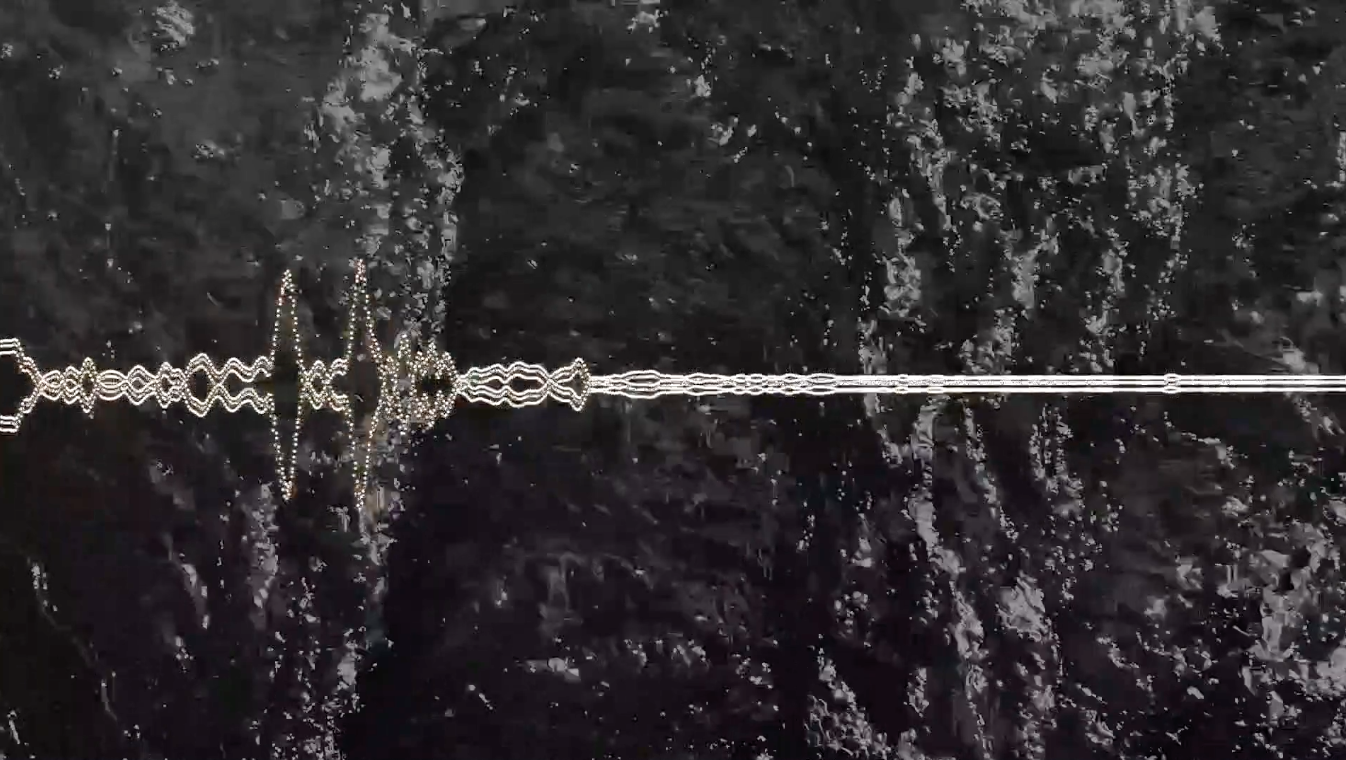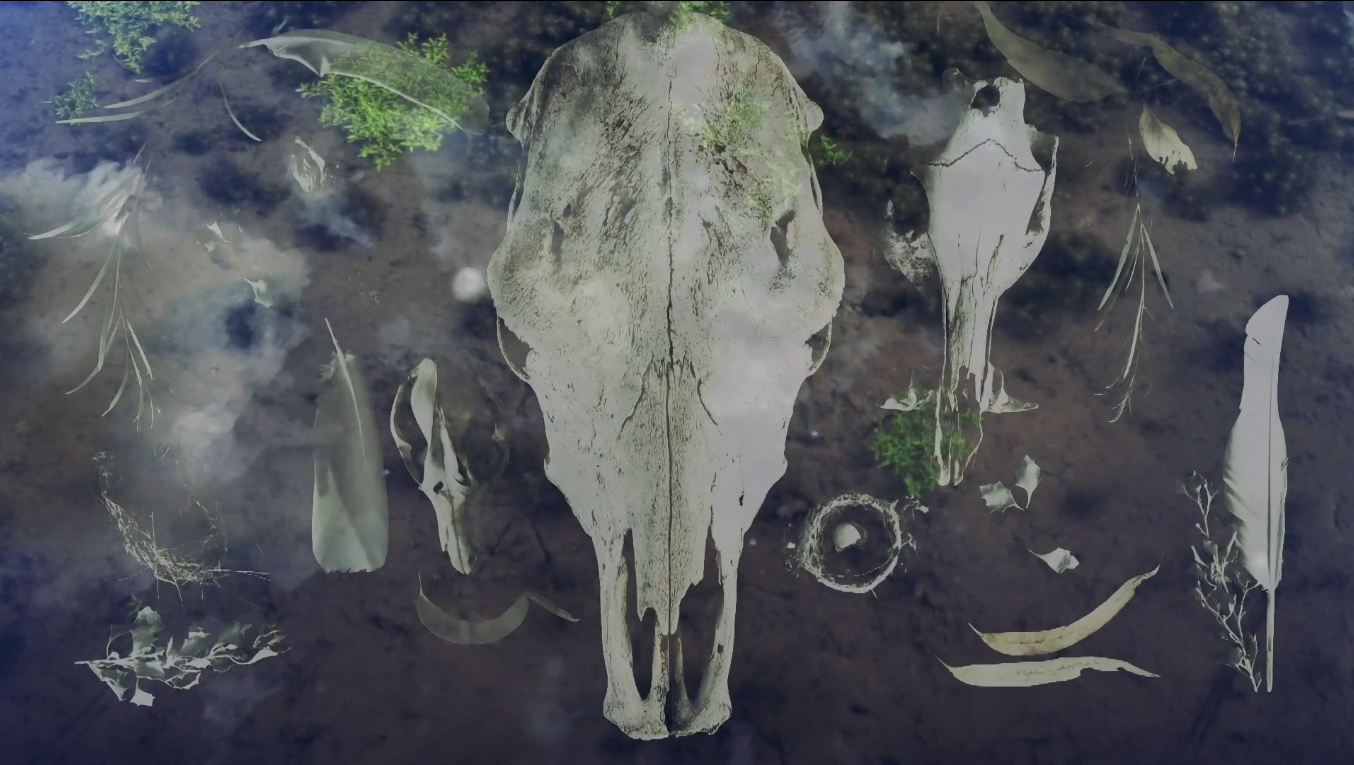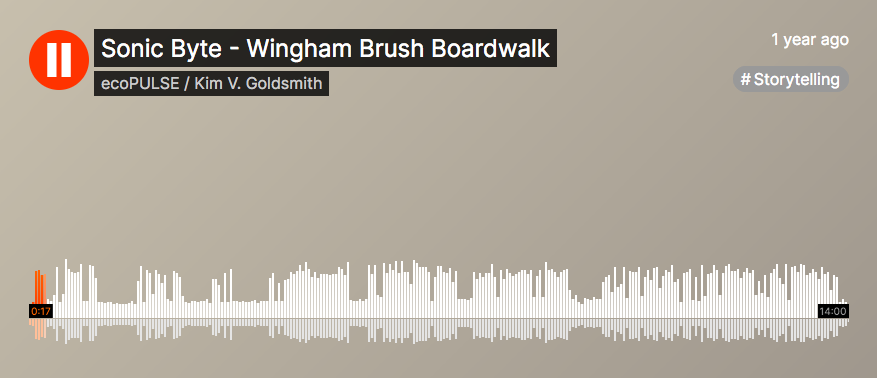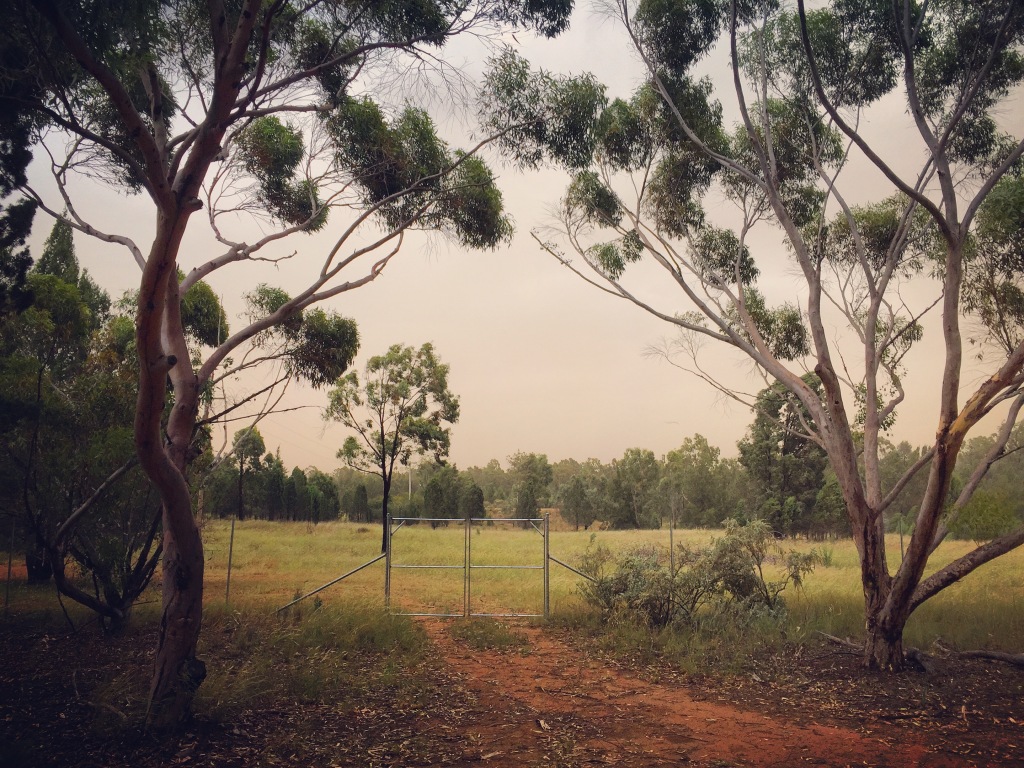
Mosses and Marshes, artist while recording audio, photograph, 2020
Hearing Held and Nurtured Nature: Kim Goldsmith's Multi-Media Work
Interview by Olivia Ann Carye Hallstein
Bringing nature bathing to new heights, Kim V. Goldsmith constructs video, soundscape and written work that integrate the natural world through contemplative, socially-engaged media. Research and process driven, Kim’s work sits at the meeting point of natural beauty and human intervention. Between technological assets and the wildest landscapes, Kim expands on her work below. She is also the founder of eco-pulse art.

Exploring Places That Vibrate, digital audio-video (click image)
What strikes me about your multimedia pieces is the way that you present stable objects in motion. What parallels do you place between motion and the land?
In my opinion: nothing is stable. Everything is in motion regardless of whether we feel it, see it or hear it. Our rapidly changing climate has sped up that motion in many ways, and whether it’s the dramatic changes that come with floods, droughts, and fire—or just the progression of time—lands and bodies of water, and everything they sustain, is constantly changing.
It seems like you celebrate in this works such as “Pulse of the Wetland” and “Mosses and Marshes.” These collaborations explore the interconnectivity between the changing climate, surrounding community, and ecological resilience. How were you able to bridge narratives across communicative methods through collaboration?
The broader ‘Mosses and Marshes’ project, of which ‘Pulse of the Wetland’ was my part of the project, was an international collaboration with UK artist, Andrew Howe between 2019-2022, exploring the future of Ramsar-listed wetlands in our respective countries. Our process on this project emerged as the project developed but was defined by asking a lot of questions about the issues facing these landscapes and the communities that are shaped by them—including challenging our own biases and assumptions; creating relationships with a wide range of knowledge specialists—from scientists and land managers to traditional owners; then applying our artform preferences to exploring and presenting the information, largely as provocations. The public programming around our work was a really important component of the work that brought ‘outsiders’ into the conversation to consider the issues raised from different perspectives, which showed us that while UK and Australian inland wetlands are vastly different, they also face many common issues. To do this we guided soundwalks, held an international panel event, gathered audio stories, and published a book.

Mosses and Marshes, video soundscape, 2021 (click image)
What an incredible process to engage the public and realize common struggles. What can audio work achieve uniquely in your goals of “capturing deep connections and hidden layers?
Humans tend to hear but not really listen. We’re often reactive rather than reflective, switching off once we’re familiar with something. By bringing subsurface sounds to the surface, I can make the familiar, unfamiliar. This often breaks that reactive listening cycle long enough to have a conversation about active and deep listening that create those deep connections. When practiced, those connections deepen even further, and you can start to tap into those hidden layers without the need for technological assistance.
‘Inhalare/ breathe upon’ was a project that was very much about our restricted movement during COVID lockdowns and getting to know local environments better during this time, but it’s also centered on the idea of making the natural world more accessible to everyone. Through taking a written, sound, and visual approach to celebrating these places, we were able to give multiple connection points to the six environments chosen by the artists. In my case, it was the pine forest on my property. They’re also often underappreciated and overlooked places that many don’t take the time to explore and understand. Celebrating the signature sounds of the pine forest brought them into focus in a way most will not have taken the time to notice.

Inhalare/Breathe Upon, time lapse video with contact mic recordings, 2020-21 (click image)
Celebrating the signature sounds of the natural world with “Inhalare” reminds me of acoustic-ecology. As a person who is deeply connected to the environmental landscape and many rural communities, what are your experiences related to man-made noise?
Loud, man-made noise drives me nuts! I live in a peri-urban area a few kilometres outside a major regional city, where people believe it’s their right to make as much noise as they want. Dirt bikes, chainsaws, revving cars, lawn mowers and the pumped-up bass on sound systems are all features of the after work/ weekend soundscape—often drowning out beautiful native bird song, frog song, and wind in the trees. I also live within kilometres of a major inland rail line and regional airport, so those feature in my local soundscape too. All this said, it doesn’t mean that man-made noise is all bad—the sound of our footsteps on fallen leaves or dry grass isn’t going to dramatically alter other elements of that soundscape. We are, after all, part of the environments we live in. It’s just about moderation.
There’s growing awareness of the health impacts of constant ‘noise’ and I believe urban sound design will become increasingly important as our cities continue to grow. The need to house more people in medium and high-density spaces will require the use of sound impedance measures and green spaces to dampen sound. Allowing communities in these areas to have a say about what soundscapes they want to live within and engage with should be a key consideration in the planning of cities now and in future.


Sonic Byte-Wingham Brush Boardwalk, narrative audio walk, NSW Regional Futures project residency, 2022 (click image)
The connection between designed spaces and your work is very clear! I am thinking especially about the work you created in Skye. Reading your passages, I feel like I am on a journey with you. What do you consider while choosing how to share your contemplative journey so vividly with a reader, such as myself?
The writing I did during my residency on the Isle of Skye in August/September was about creating a more experiential and immersive experience of being in the natural world, that’s accessible to everyone. For some, access is about not being able to hear soundscapes, to see landscapes, or to be mobile enough to move freely through a territory. This project is called ‘The Sonic Language of (Lost) Landscapes' and it came off the back of trying to make sound more accessible to d/Deaf people or those who are hard of hearing, should they wish to engage with it. I have people with hearing loss in my own family, who can’t enjoy some of the soundscape compositions I’ve created over the years, as some of the frequencies are out of their range. I also have this fear of losing my hearing as I age. I’ve noticed that many of the best nature writers, some of whom I greatly admire, often don’t describe sound well or they use descriptions that only those who can or were once able to hear could relate to. While sound doesn’t always have to be centre stage, it makes writing about the natural world so much richer, particularly when you start to explore sub-surface worlds.

View From My Window, photograph, (Arts) Territory Exchange, 2017-19
And you are opening this journey by exploring agroecology artist residency options. What have you discovered so far?
Yes, I’ve been doing a feasibility study for the ‘SOIL+AiR: creative future landscapes project’. It’s a multidisciplinary, artist-on-farms residency program. Held as a co-led, on-farm creative exploration of land management and agroecology issues impacting the future of secure food and fibre production, and the need for cultural adaptation for us to adapt, survive and thrive in changing environments. It’s designed to be an active partnership between the creative and the farmer, as well as engaging local communities and consumers to better understand the environment in which foods and fibres are produced. I’m wanting it to be more than just awareness raising though, but bring new voices to the conversation, offer different perspectives, immersive experiences, potential solutions, and provide a way for people to act.
Following many conversations here in Australia, and in the UK while I was there recently, a small pilot residency project is now being developed, with the hope they'll be more artists and farmers involved in future. Eventually we’ll bring all the participants together to share the outcomes on an international stage. For me, it’s exciting to see my interests and experience in rural industry, natural resource management and the arts all coming together in a way that engages others and offers hope for the future.
Thank you, Kim! I think it may be time for a walk in the forest after such an inspiring interview.